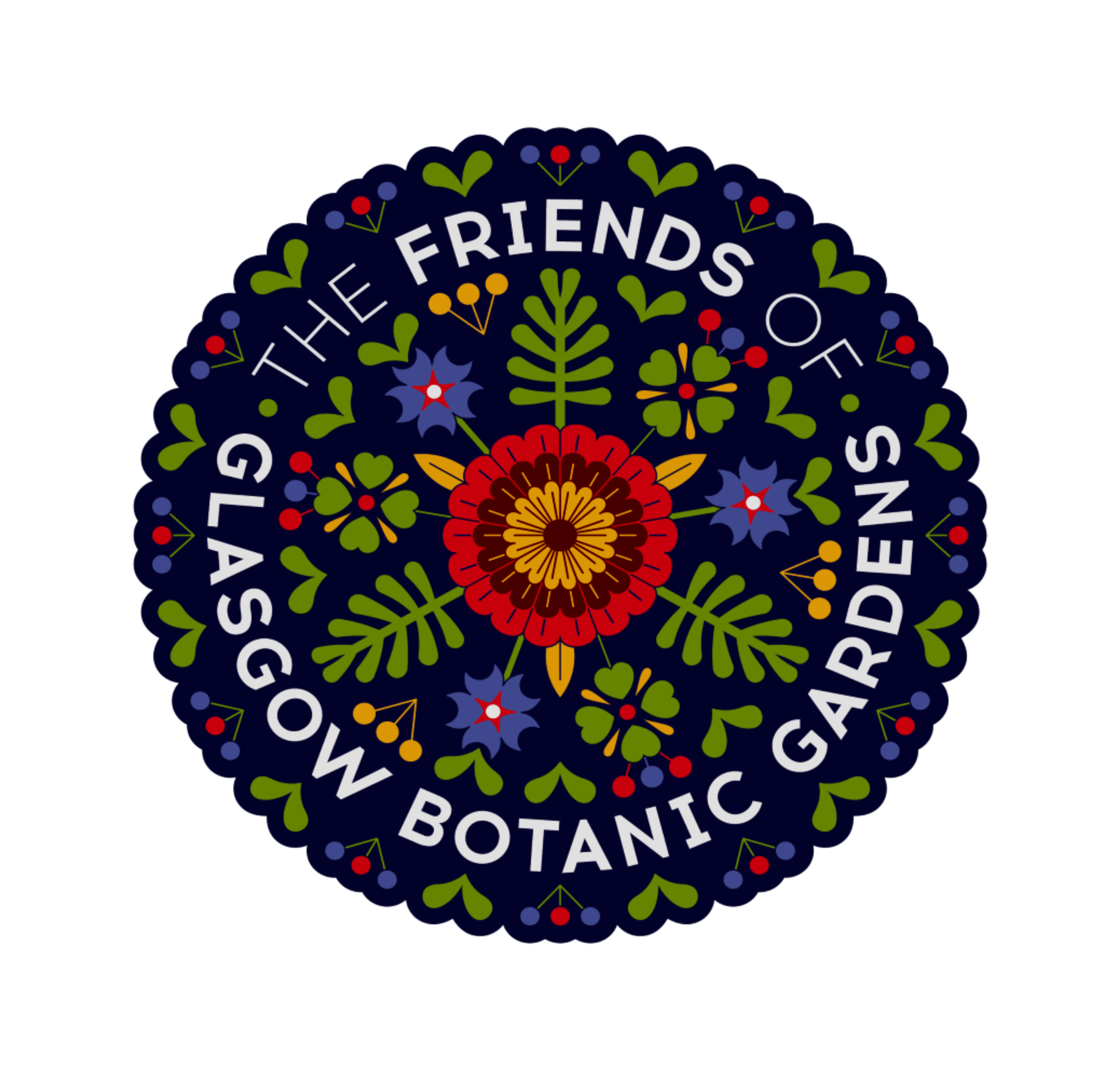Glasgow Botanic Gardens’ Index Seminum for 2014 has been published and distrubuted to botanical institutes worldwide. If you represent a garden enrolled in the Index Seminum programme and did not receive a copy please follow the link below to download and XPS format version:
[LINK]
What is Index Seminum?
In the summer of 1682, Dr. Paul Hermann ofLeidenUniversityBotanic Garden, theNetherlandsvisited his counterpart, John Watts, at Chelsea Physics Garden, London. A seed exchange program was established between both institutions allowing for diversification of their respective collections and fostered lateral communication and knowledge exchange. Latterly, seed exchange programs developed between numerous other botanic gardens, known collectively by the term Index Seminum (Literally translated to “List of Seeds”). Today, the unified Index Seminum program is utilized by hundreds of botanical gardens worldwide, as an essential means of plant acquisitions for many.
Glasgow Botanic Gardens have been involved in Index Seminum, employed to varying degrees, since the 1950s. In 2012, then Assistant Curator Stephen Herrington, invested considerable time and effort to revitalise the program which had been utilised sparingly in years prior, to aid development and diversification of the living collections. In 2013, with the help of horticulturalist, Heather Buchan, the curatorial team has overseen the dispatch of 683 seed and spore packets, receipt of 362 seed packets and the comprehensive documentation of all transaction via the BG-BASE plant collections management system.
Preparation for Index Seminum is a year round process. Continually, horticulturalists while attending to the living collection harvest seeds. Seeds are then stored in our germplasm banks, two refrigerated units with a continuous temperature of -0.5C. In January of this year, Stephen Herrington produced Glasgow Botanic Gardens’ Index Seminum Catalogue 2013, containing an alphabetical list of all seeds reserved for the program featuring 168 taxa. The catalogue was sent to 416 institutions currently enrolled in the program. The catalogue included a “desiderata”, an order form limiting the requests from each institute to a maximum of 30 seed or spore packets from 30 taxa. In total, 68 desiderata where received and have been fulfilled (as of 20 March, 2013). Our policy on plant acquisition from other institutions is to focus primarily on taxa which were wild collected and are not currently represented in our collections. Specimens of educational and ornamental value are also sought to enhance our teaching resources and horticultural displays.

